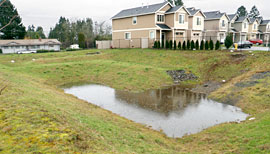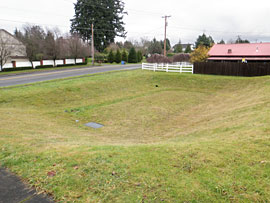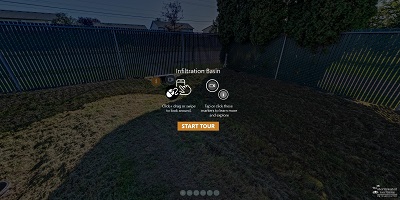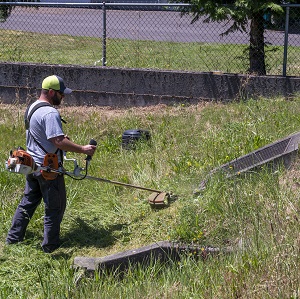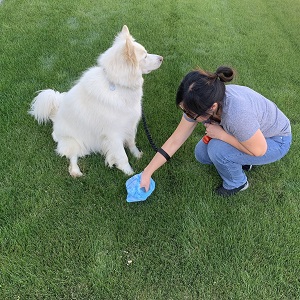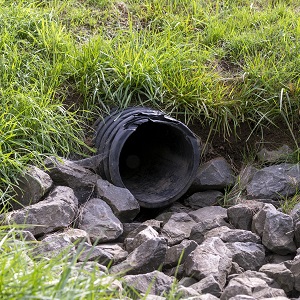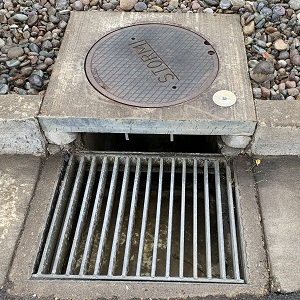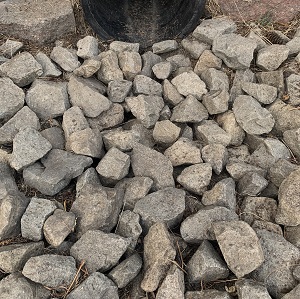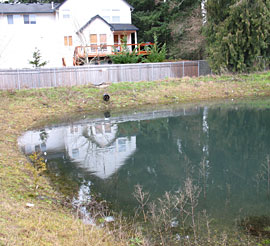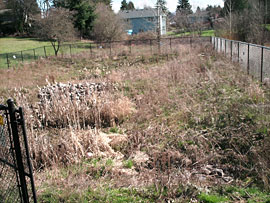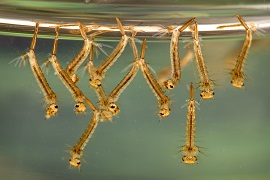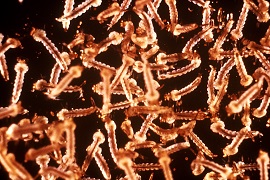Infiltration basin
A stormwater infiltration basin holds runoff and lets it soak into the ground. The basins are open facilities with grass or sand bases. They can either drain rapidly or act as permanent ponds where water levels rise and fall with stormwater flows.
Infiltration facilities should be designed to handle all runoff from a typical storm, but could overflow in a larger one. Since the facility is designed to soak water into the ground, anything that can clog the base will reduce performance and be a concern.
Generally, infiltration basins are managed like detention ponds but with greater emphasis on maintaining the ability to infiltrate stormwater. Some infiltration basins incorporate other types of facilities, such as biofiltration swales, treatment wetlands or presettling ponds.
Virtual tour
Click on the image below to get inside of an infiltration basin and learn about common components and maintenance tasks.
Maintenance needs commonly associated with infiltration basins
Maintenance is needed if you see these signs
Bare, exposed soil
Slopes that are deteriorating
Sediment that restricts flow or clogs inlet and outlet pipes
Sediment buildup; the facility is not draining or conveying runoff
Unhealthy or dead vegetation
Blackberries or other problem weeds
Overgrown vegetation
Holes in berms or slopes
Leaves, trash and other debris
Water surface is discolored or has a sheen
Water stands in infiltration basin or detention ponds longer than 72 hours after rain stops
Bottom of slopes show signs of seepage and leaking
Trees, often alders, growing on the slopes
